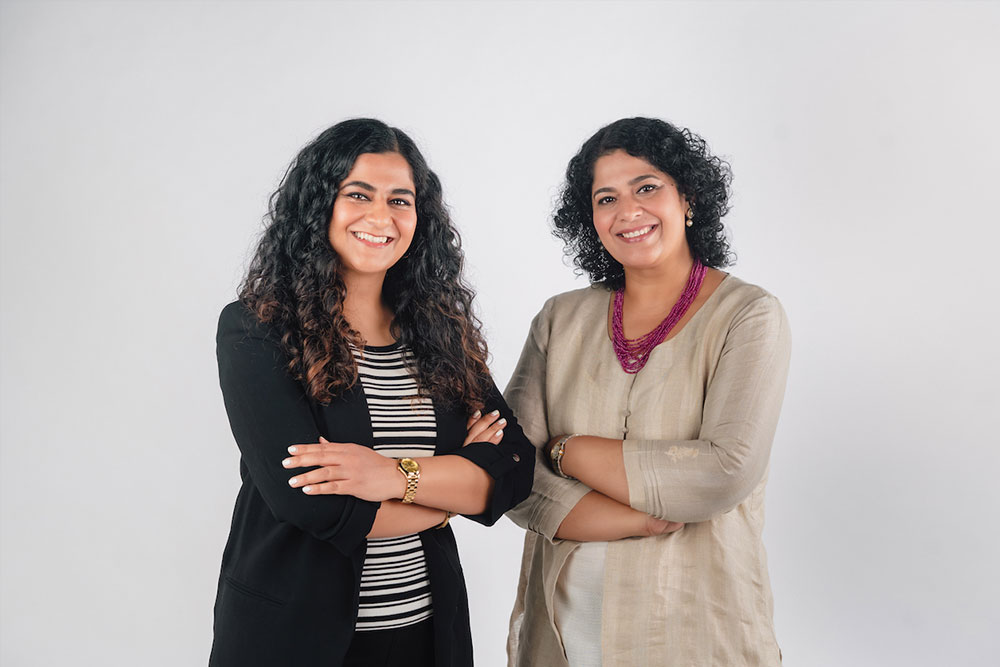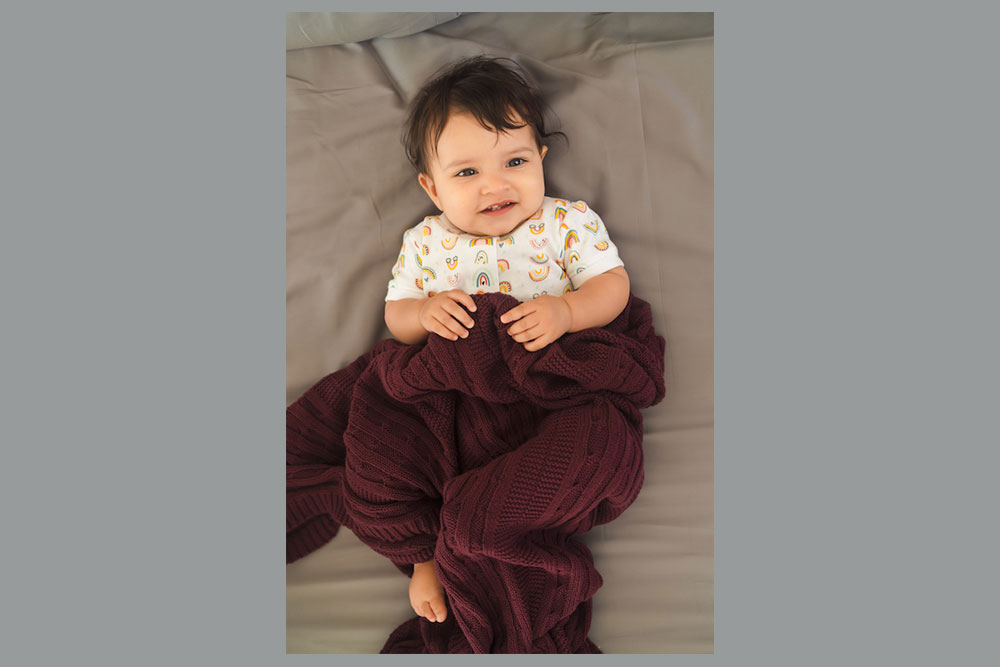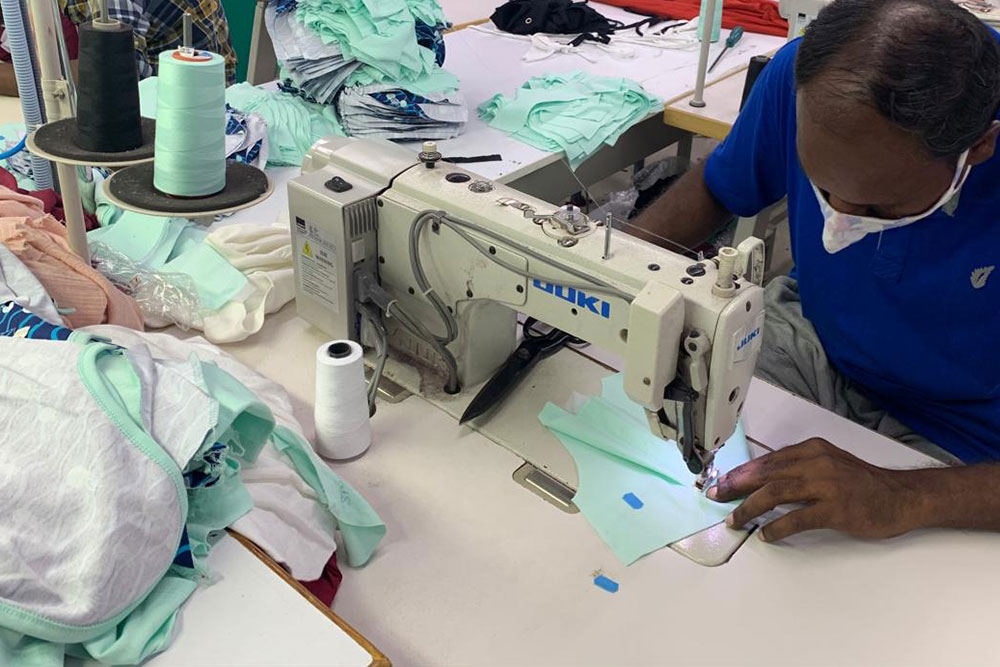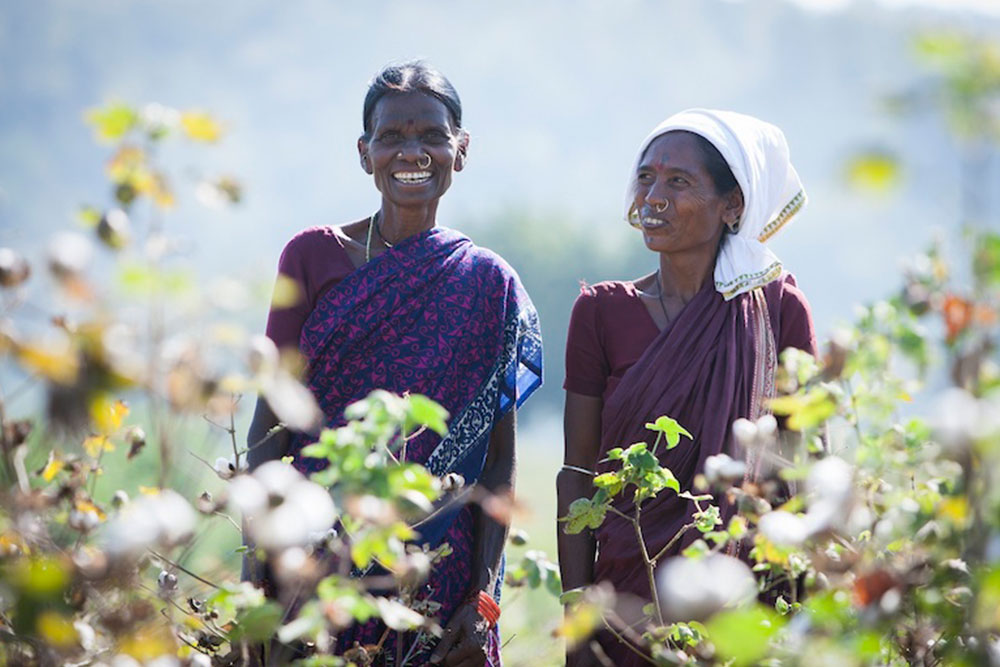The Indian Kidswear market was valued at $ 16.62 billion in FY2020 with a forecast to grow at a CAGR of 5.89 per cent through FY2026 to reach $ 22.53 billion by FY2026, as per Businesswire.com. That said, as per a recent report from India’s Cloud-based e-commerce solution company, Unicommerce, when it came to the country’s online fashion industry, the kids wear segment saw the highest growth of 200 per cent in volume growth as well as a 17 per cent increase in market share as compared to three per cent in the last financial year.
Sustainable Kids Wear In India
But in the current scenario, where sustainable options in clothing and fashion are taking centre stage, where does the rapidly growing segment of kids wear stand? We talk to two exceptional entrepreneurs, Meghna Kishore and Barkha Bhatnagar Das, to find out what it means to be a sustainable kids wear label in the country today.
The duo, who are forging their mark in the industry with their sustainable clothing brand, Greendigo, tell us, “The conversation on mindful consumption has just about started in India. While the developed countries are far ahead of the curve, it’s encouraging to see that with each passing year we hear more people participating in conversations on sustainable clothing. As the momentum is picking up, the voices are getting stronger too. Earlier it was a few NGOs, suppliers and a few luxury labels that were talking about sustainability. Now, the end-users too, have started asking the right questions - who has made my clothes, where do they come from?”

Why Organic For Kids?
Although a rather foreign concept when it comes to the children’s clothing segment, organic fabrics are just as important for kids, if not more, explains the entrepreneur duo, “Children’s skin is significantly thinner, and hence more absorbent of substances present in their clothes. Kids are thereby, prone to absorb the harmful chemicals and toxins present in their garments leading to skin rashes, allergies, respiratory disorders, auto-immune diseases etc. Small children also take their clothes in their mouths, which increases the absorption of these substances. This risk is, however, not just limited to the clothes that children wear, it also extends to their bedsheets, blankets etc., with which the skin is in contact with for a significant number of hours every day. It is therefore, important to be very careful while selecting safe and suitable options for children.”
“Also, kids are one of the largest consumer segments for apparel and one cannot overlook their impact on the environment. To make a significant environmental impact, it is not just occasional partywear which needs to be sustainable, it is daily casualwear worn in larger numbers which must be responsibly produced,” they add.

Identifying a market requirement or need is one thing, but starting up in a space that lacks enough awareness, is another. Team Greendigo explains how they got the job done: “Our first and the biggest task was to set up a clean, sustainable, tight loop and reliable supply chain. Manufacturers often do not entertain start-ups since they fail to meet the MOQ (Minimum Order Quantity). Also, given that organic clothing for kids is still a relatively nascent category in India, there are only a handful of manufacturers whose supply chain is end-to-end compliant with the Global Organic Textile Standard (GOTS).”
However, it’s not just the type of materials they use that sets Greendigo aside. Product characteristics like heat-transfer labels and flat seams which prevent irritation and itchiness in kids and the fact that their clothes are machine washable helps make them an easy fit in the challenges of bringing up a child in today’s complex environment.
Greenwashing & Its Effects
It’s impossible to have a conversation about fashion sustainability without mentioning the fact that greenwashing is a prominent and unfortunate practise followed by many brands. Kishore and Das go on to explain that it isn’t just brands but also those behind the scenes that resort to the unethical practise. “Our first big setback actually was encountering a manufacturer who believed in greenwashing and tried coaxing us to follow suit. Since his ideology was not in line with our belief of building an authentic, sustainable and organic brand, we took a business call to delay our go to market date rather than do what was not in line with our ethics and principles.”
As an organic clothing brand, greenwashing, both from competitors and manufacturers proves to be a challenge. Here’s how Greendigo faced these obstacles, “When we started out with Greendigo Organic Clothing, our understanding was that there is a dearth of good quality, comfortable and sustainable clothing for children. As we progressed, we learnt that the majority of ‘organic’ brands are misleading consumers by indulging in greenwashing, thereby paying lip service to their standards on product quality and sustainability. This turned out to be a big challenge for us.”

Transparency Is Key
In a sea of clothing brands that often miss out on maintaining transparency, something that proves to be a cause of concern for all conscious shoppers, Greendigo makes sure to maintain it. The brand turned to educating the audience and showcasing the individuality of the brand in order to increase awareness not only about the brand but organic clothing as a whole. As a part of this endeavour, the brand includes a GOTS certification with each of its garment to induce a sense of trust for the customer. “While parents today are aware of the choices they need to make, the authenticity of the garment being actually organic is often questionable,” explain Kishore and Das.
End To End Ethical
With transparency in check, the brand also makes sure there’s everything ethical to be transparent about in their entire supply chain. From farms to factories, and from fabrics to dyes and colours is 100 per cent certified by the Global Organic Textile Standard (GOTS). This affirms the organic status of raw materials and also guarantees that the manufacturing processes are environmentally and socially responsible. The cotton farmers get a fair price for their produce which helps them break away from a vicious cycle of debt, the factories are free of child labour and offer fair and safe working conditions to all workers.”
Greendigo’s processes also eliminate the use of toxins in the form of artificial fertilizers, toxic dyes and pesticides, safeguarding human health from farmers till the end consumer. In addition, the brand also uses plastic-free packaging which is reusable and recyclable. “Though it is not a differentiator where the end-user is concerned, we believe that all of us need to clean up any impact that we make which is why we have also invested in being a zero-carbon emission brand from seed to consumer’s doorstep,” explains the entrepreneur team.

Busting Some Sustainability Myths
A brand that was founded with the vision of making ‘organic’ the new normal, Greendigo also attempts to change the perception of organic clothing being very niche and for the elite only. Instead, with its huge range of kids wear, the brand does a great job of proving that organic cotton clothing can be very affordable and accessible to the masses as well as break the myth that sustainable fashion is high maintenance. “Our garments are all machine washable, suitable for the active lifestyle of children,” says the duo.